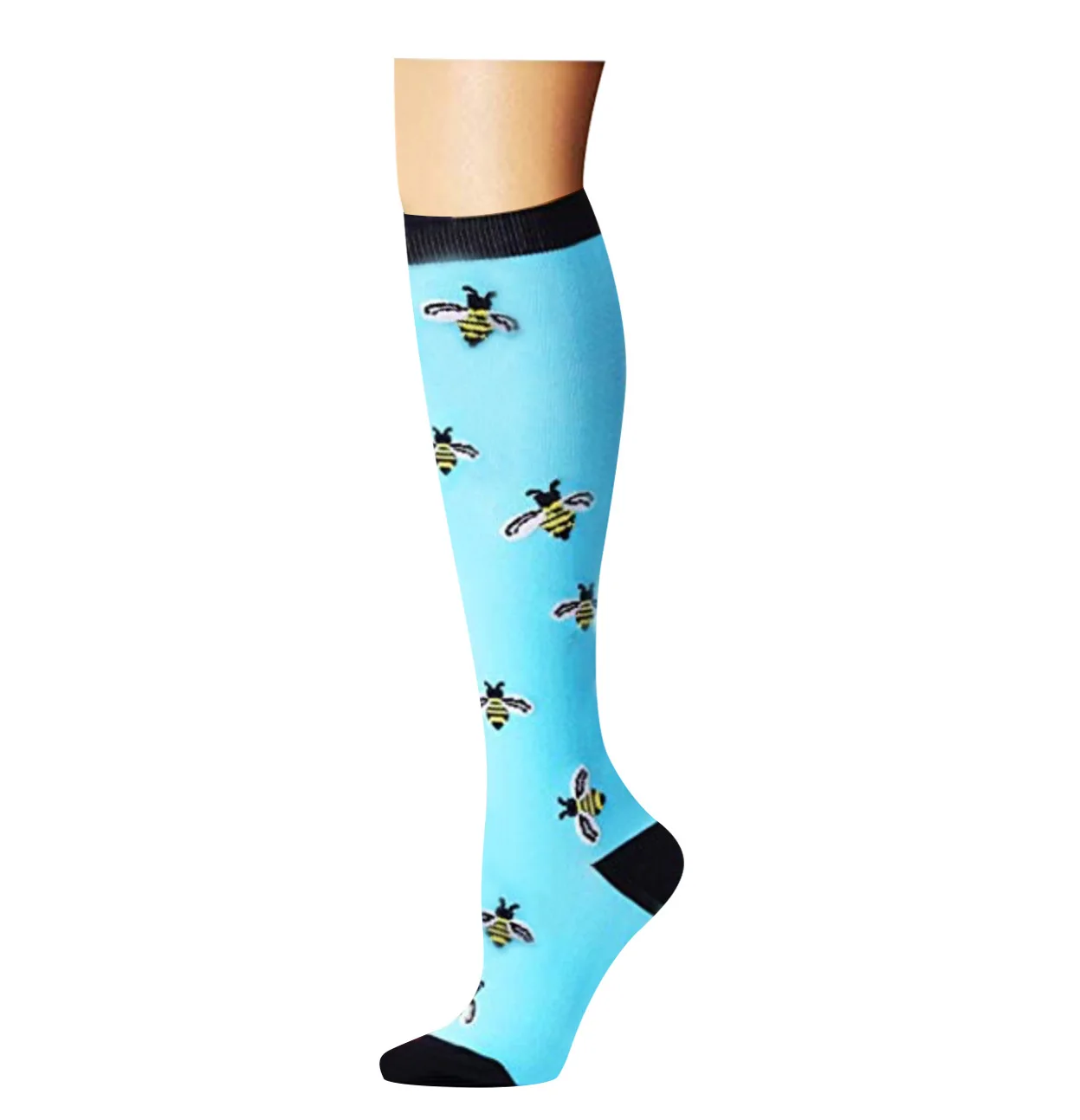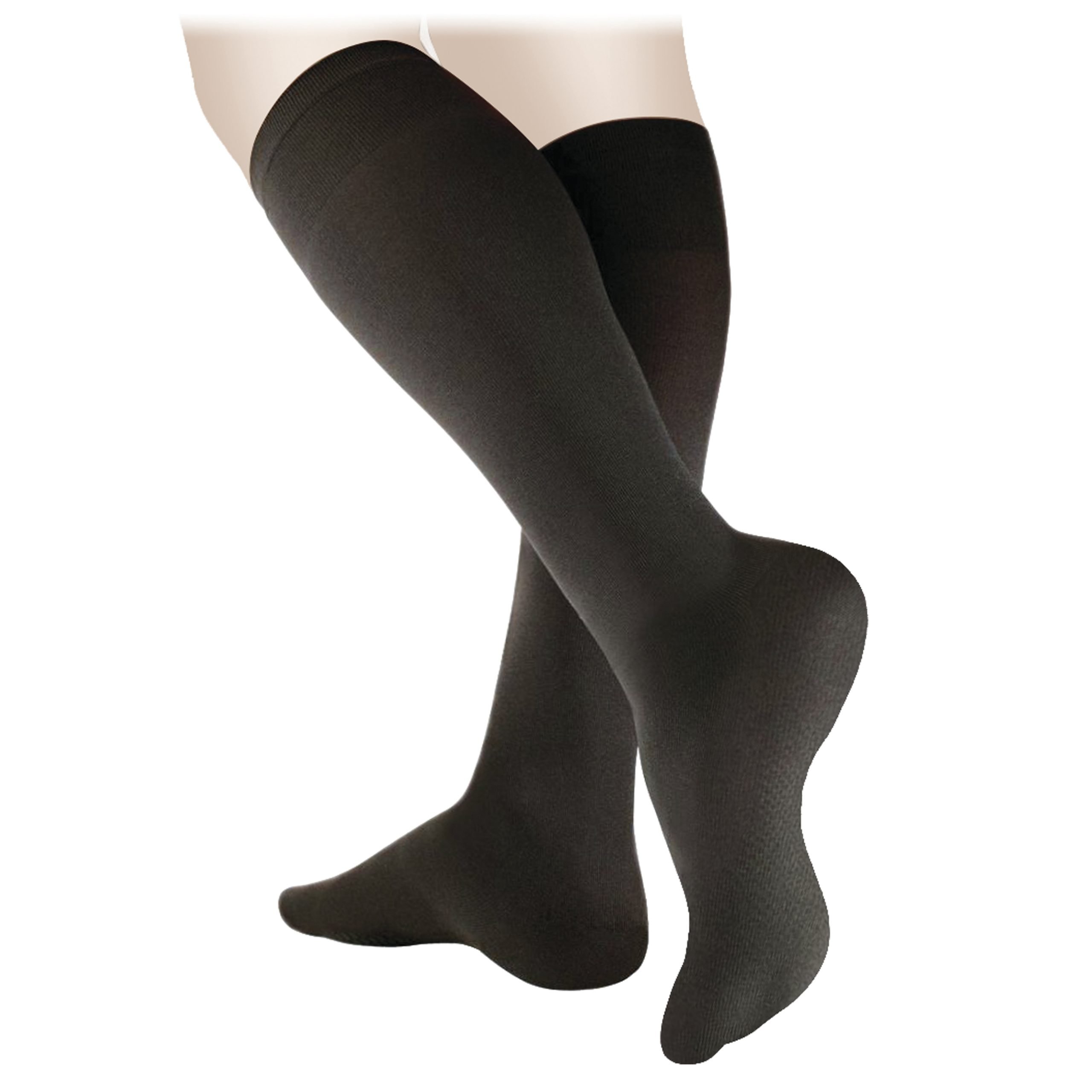

Why Every Nurse Should Wear Compression Socks 1. Discover the best copper compressions socks here. This one's our favourite! After a long hard day, consider a pedicure or a foot massage for pain relief and to reduce the inflammation.Ĭopper Clothingoffers a variety of copper compressions socks. This exercise helps reduce inflammation and improves blood circulation. Massage rolling devices work great on tight and stiff muscles of the calves and thighs.īefore going to bed, use some pillows to keep the feet at an elevated position. Hold on to a wall and using the body weight, roll out the soreness. For sore soles, use a muscle ball roller or a tennis ball. Massage improves blood flow and works those sore muscles. Place the feet in a tub filled with cold ice water to get an instant ice compress. Ice the tired, sore and stiff muscles for about 20 minutes at any time after shift. Stretching helps to reinvigorate blood flow and work up the muscles. Stretching, especially the leg stretch, needs to be done at least once in an hour. When standing, walking or sitting for hours on end, muscles tend to become stiff. This one's just as important on the job as well as off it. Besides wearing copper compression socks, there are a few other self foot-care steps that can help ensure that their feet are strong to endure the hectic work schedules. Nurses must take a little extra time after they clock out for the day. Personal Care: Taking Care of the Legs and Feet Post-Shift Copper Clothing has copper compression socks for nurses in different styles. Boost leg muscle strength and performanceĭepending upon your particular need, and personal preferences, you can buy your type of copper compression socks.Reduce fatigue and revive tired feet and legs.Other benefits of copper compression socks for nurses are: Good blood circulation prevents the legs from pain and other symptoms like tingling, throbbing, numbness, and cramps.
#Benefits of compression socks for nurses skin
Copper compression socks can also help mitigate symptoms of deep vein thrombosis, varicose veins, and skin ulcers. The most important benefit of copper compression socks for nurses is that they help improve blood flow, thus lowering the risk for blood clotting. This may lead to the risk of clotting and pain. Standing for long periods of time compromises the blood flow within the legs and feet. What are the Benefits of Copper Compression Socks for Nurses? The benefits of compression and the advantages of copper when integrated into normal socks gives the look and feel of any regular socks but with exceptional healing and antimicrobial benefits. Compression and Copper as a Combo: What it Does

Copper can successfully eliminate odours as your feet sweat and keep them clean and fresh. Microorganisms such as bacteria, virus, fungi and yeast are killed upon contact with solid metallic copper surfaces. Research supports the anti-microbial properties of copper. So, for muscles, compression socks get a big thumbs up! Copper: What it Does? Research supports the claim that compression socks can potentially delay the onset of muscle soreness and improve recovery.



 0 kommentar(er)
0 kommentar(er)
